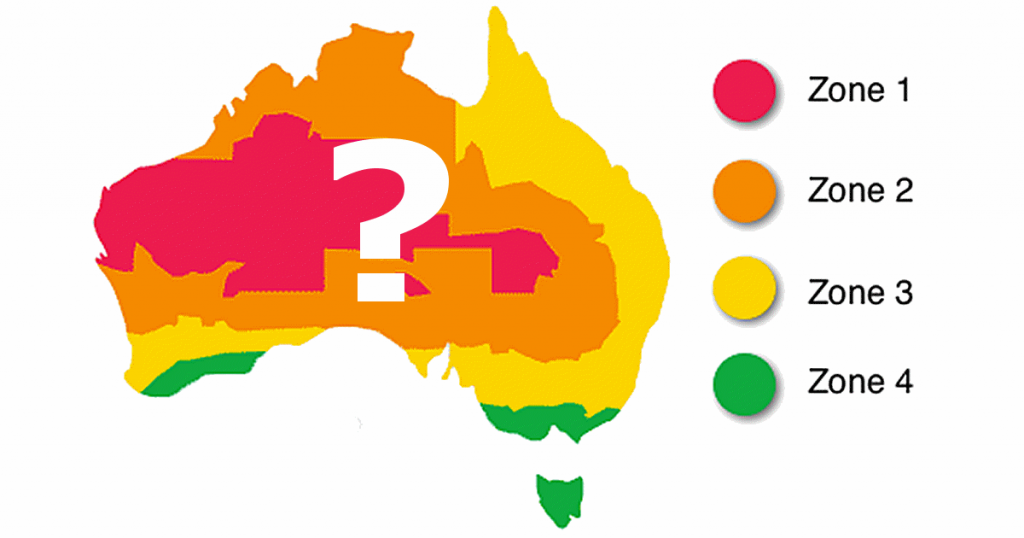
Australia’s Clean Energy Regulator is requesting feedback on its proposed changes to solar postcode zones, which will impact the amount of solar rebate available in some locations.
Australia’s major solar subsidy, also known as the “solar rebate” is based on Small-scale Technology Certificates (STCs), which have a value. The number of STCs a solar power system is eligible for depends on the size of the system and the location of its installation. For the purpose of issuing STCs, locations are allocated a zone (1-4) based on their solar radiation levels, which is accompanied by a rating on which the calculation is based.
The Regulator says it wants to revise postcode zones to align with changes to postcode boundaries, which can occur due to issues such as changes in electoral boundaries or in population density.
“All changes are to best represent the solar radiation for the specified zone,” states the Regulator in a draft explanatory document.
Rebate Winners And Losers?
As to specifically who will be winners and who will be losers, that’s difficult to ascertain as the Exposure Draft lists 137 postcode ranges and shows the proposed zone for each, but doesn’t show what it has changed from. Some of the entries I looked at showed no change for many postcodes within a given range. However, you can do a comparison using this document, which details postcode zone ratings and zones as they currently stand.
An example I found where there was a change was postcode 5654 (Cocata, Minnipa and Mount Damper, South Australia). Currently, 5654 is in Zone 2 and under the proposed change it will be in Zone 3, so those installing solar panels in postcode 5654 will be getting less solar rebate if the change goes ahead. In this scenario, the number of STCs a 6.6kW solar power system would be eligible for currently is 121. Under the proposed change, it would be 109 STCs. At current market rates for STCs, this would mean a loss of around $441 in rebate – so it’s significant.
The Clean Energy Regulator states:
“Most postcodes with proposed changes will be eligible for more STCs, a few postcodes will receive fewer STCs.”
It doesn’t mention how many it considers “a few”, but obviously I managed to pick one of them.
Providing Feedback
The changes aren’t a done deal – yet.
“The Clean Energy Regulator welcomes feedback on the proposed changes, particularly on impacts to business, community, installers and individuals.”
Submissions on the draft can be made by 5 pm AEST, Thursday 18 July 2019 – further details regarding submissions can be found here. Assuming the changes do go ahead, they will kick in on October 1 this year.

 RSS - Posts
RSS - Posts



Assume (might be wrong, but) that the rebate is related to the amount of solar power that might be generated by an installation.
If that’s so, then would it not make sense to encourage more people in the “lower insolation” areas to install more capacity as a means of compensating?
Yeah, I know it’s a radical idea, but what the …?